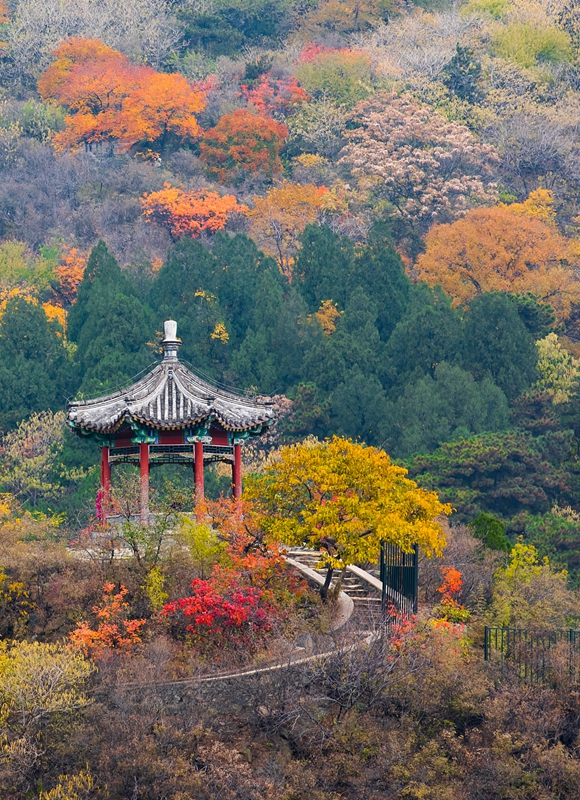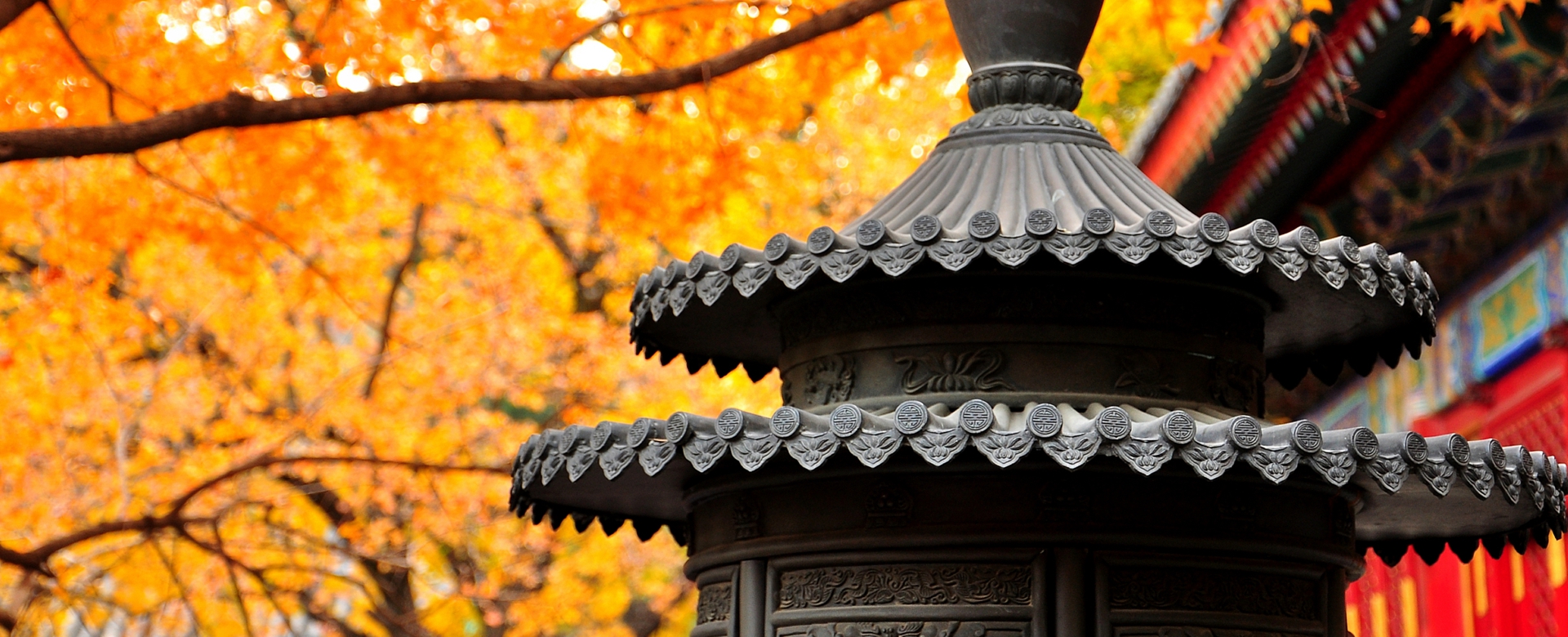Located in the western suburbs of Beijing, Fragrant Hills Park covers an area of 188 hectares and is an imperial garden featuring forests and hills. Built in the 26th year of Emperor Shizong of Jin Dynasty, it has a history of nearly 900 years. In the Yuan, Ming and Qing dynasties, imperial palaces were built on the Fragrant Hills. Emperors would go here to hunt and beat the heat every summer and autumn. Among the well-known "Three Hills and Five Gardens" in the western Beijing, the Fragrant Hills Park is home to one of the hills (Fragrant Hill) and one of the gardens (Jingyi Garden).
With a forest coverage of 96 percent, the Fragrant Hills Park boasts more than 5,800 ancient and famous trees, making it one of the areas with the highest concentration of negative oxygen ions, and a summer resort. The scenery of red leaves on the Fragrant Hills is famous both at home and abroad, becoming the greatest autumn scenery in Beijing.
-

Peak Season (From April 1 to November 15): 6:00-19:30 (Last entry at 18:30)
Off Season (From November 16 to March 31): 6:00-19:00 (Last entry at 18:00)

-

Peak Season: CNY 10 for full ticket and CNY five for half ticket
Off Season: CNY five for full ticket and CNY 2.5 for half ticket
Note: Foreign visitors can book a ticket on the WeChat Official Account "Fragrant Hills Park Services" with their permanent residence permit or passport.

-

Address: No.40, Maimaijie, Haidian District, Beijing
Metro: Fragrant Hills Station on the Xijiao Line
Bus Lines: Bus No.563, 318, 360, 360-Express, 505, 698 and 932.


(1) Fitness Route
Qinzheng Hall—Zhiyuan Hall—Zhisong Garden—Duojing Pavilion—Yuhua Hall—Xiangwu Hall—Incense Burner Peak
(2) Ariel View Route
Take a cable car to have a panoramic view of the Fragrant Hills. The cable car ticket is for a one-way trip. Visitors can ride a cable car up and walk downhill.
(3) Revolutionary Route
Shuangqin Villa—Laiqingxuan—Bungalow on the east side of Shuangqin Villa—Small White Building—Duoyun Pavilion—Siqin Building—Lizhu Building—Zhenfang Building and Zhen'nan Building
(4) Buddhist Culture Route: Biyun Temple and Fragrant Hills Temple
Jiari Garden: Maple and gingko trees (Best viewing time: mid-to-late October)
Biyun Temple: Gingko trees (Best viewing time: from mid-to-late October to early November)
Kanyunqi Pavilion and Qingweiliao Pavilion: Smoke trees (Best viewing time: from the Frost's Descent on October 23rd to early November)
Shuangqin Villa: Gingko Trees (Best viewing time: from mid-to-late October to early November)



